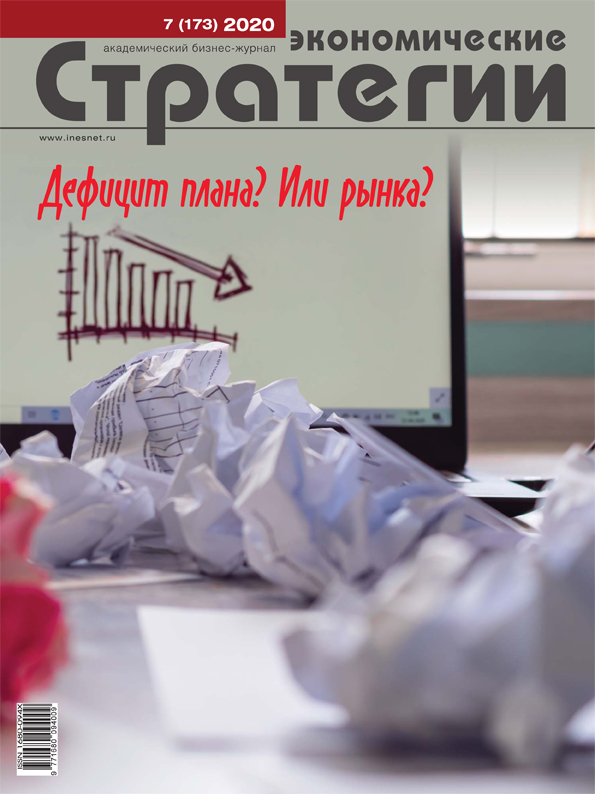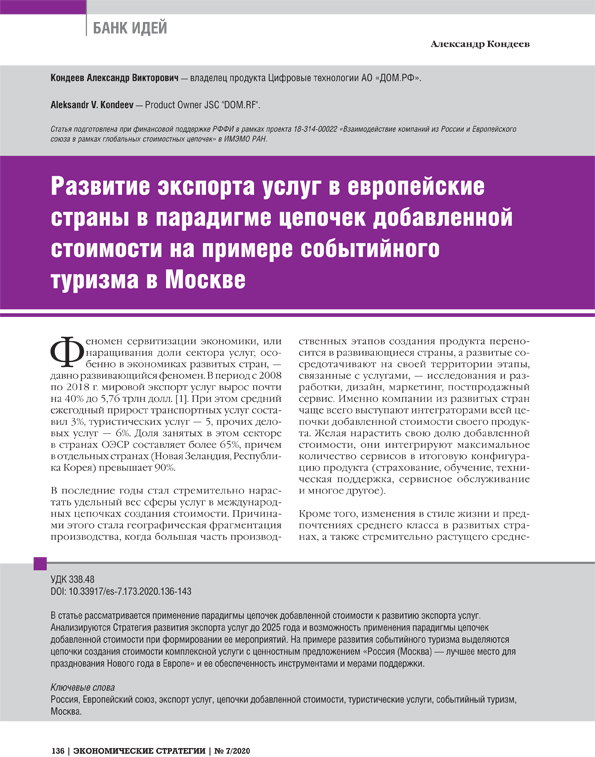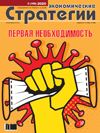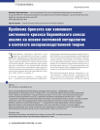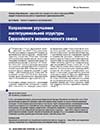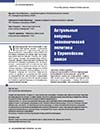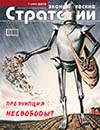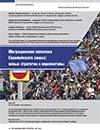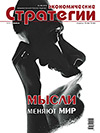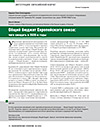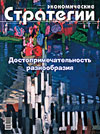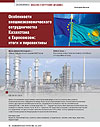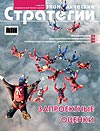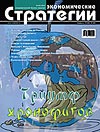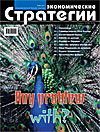Keywords: ,
,
,
,
,
,
,
,
The European Union (EU) and Kazakhstan have established close economic and trade relations much thanks to EU Strategy for Central Asia and Kazakh state program Path to Europe. Bilateral trade have been growing steadily since 2002. Today EU is Kazakhstan’s first trade partner with annual turnover of ,1 billion representing a half of the country total trade in 2016 and the largest investor, ahead of Russia and China. EU imports from Kazakhstan are dominated by energy (minerals, fuels) products. The main EU exports to Kazakhstan include machinery and transport equipment, other manufactured goods and chemicals. In 2015 Kazakhstan has joined WTO with the EU consistently supporting Kazakhstan’s accession. Over the past two decades, Kazakhstan and EU have developed a strong and mutually beneficial energy cooperation. Major EU-based energy companies have significant investments in the Kazakh oil and gas industry. Currently, around 70% of Kazakhstan oil exports go to Europe, corresponding to 6.5% of the EU total oil imports. The 2017-address by the President Nursultan Nazarbayev comprise an industrial strategy aimed at modernizing Kazakhstan’s economy by diversifying it away from overdependence on extractive industries, targeting R&D and joining the top 30 most developed countries by 2050. Therefore Enhanced Partnership and Cooperation Agreement signed in 2015 offers new opportunities for Kazakhstan and EU and could be interesting for partners in the Eurasian Economic Union.
Продолжить чтение


